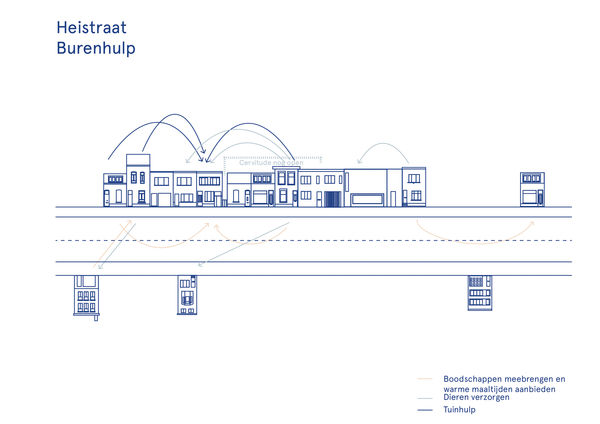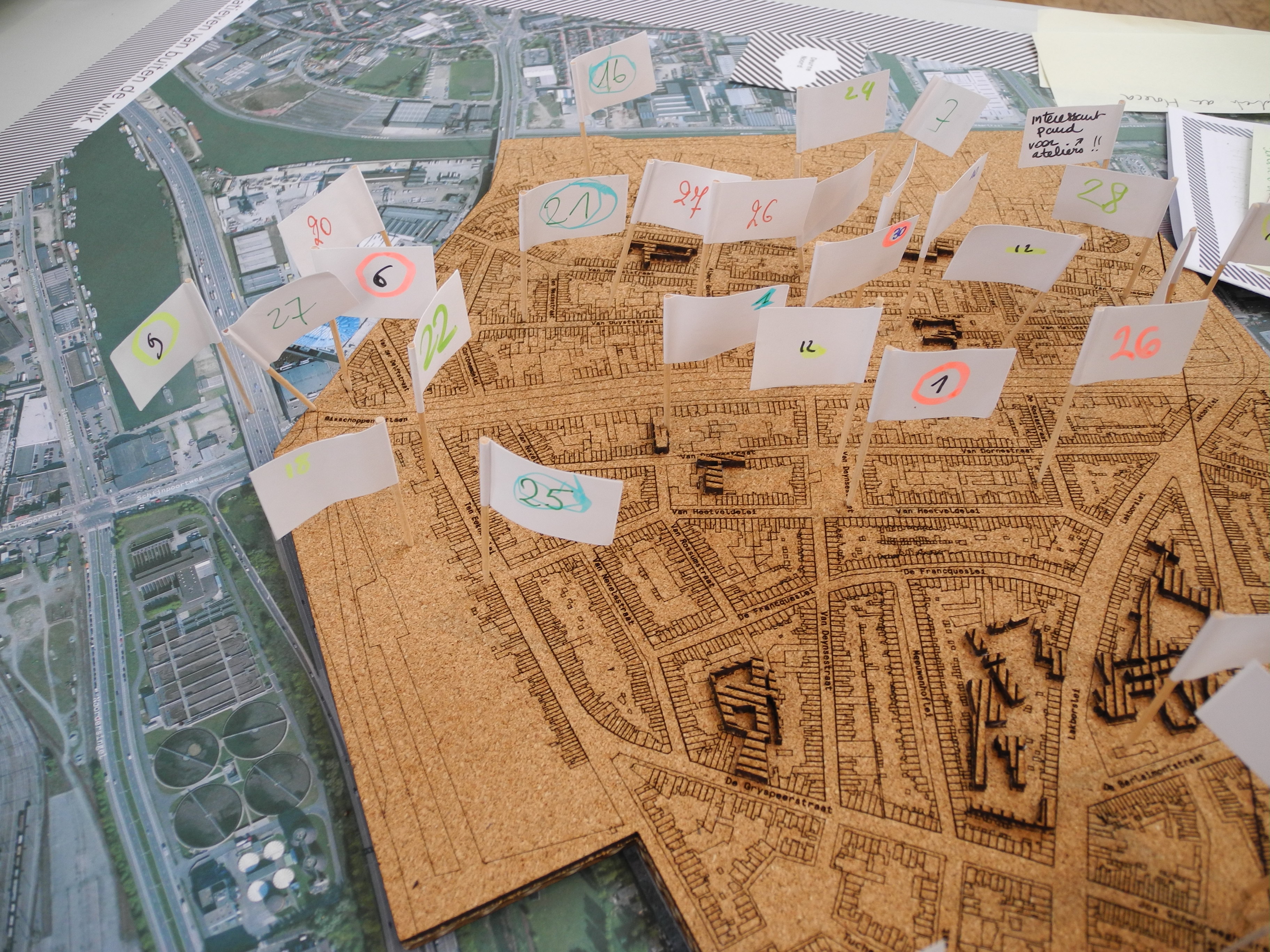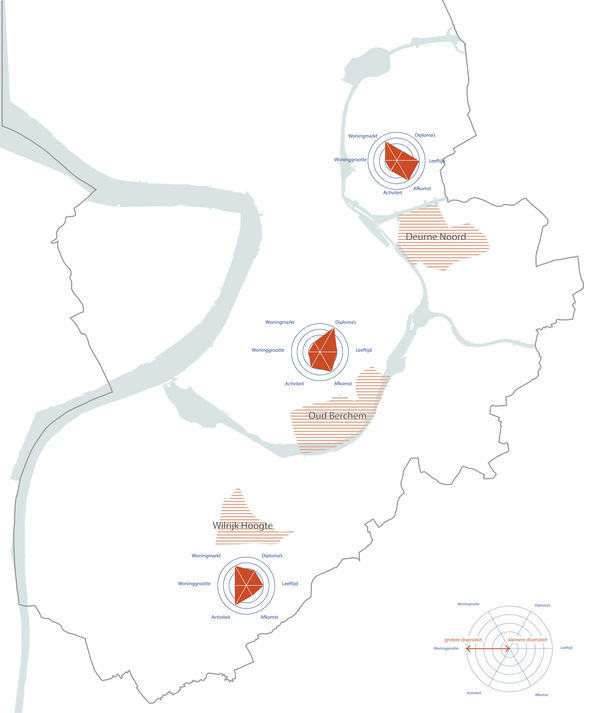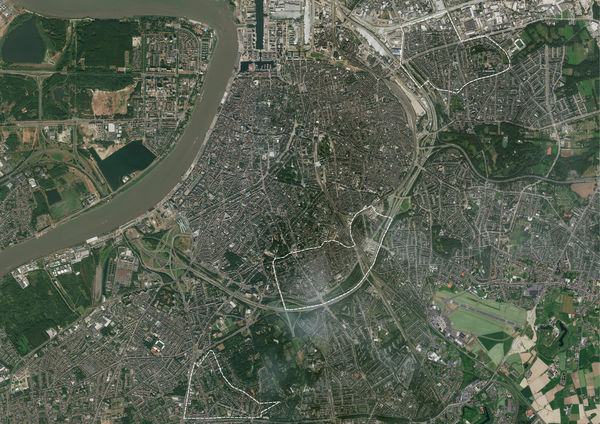The City of Antwerp is striving for a renewal process for the city. Three thematic pillars will be used to review the strategic Spatial Structure Plan for Antwerp (s-RSA): City of flows, Cooperative city, and Liveable city. For the Liveable city component Architecture Workroom conducted a study of the prerequisites and levers needed to map the liveability of neighbourhoods, in association with the anthropologist and pedagogue Ruth Soenen of Simply Community and social geographer Christian Kesteloot from the geography department at KULeuven.
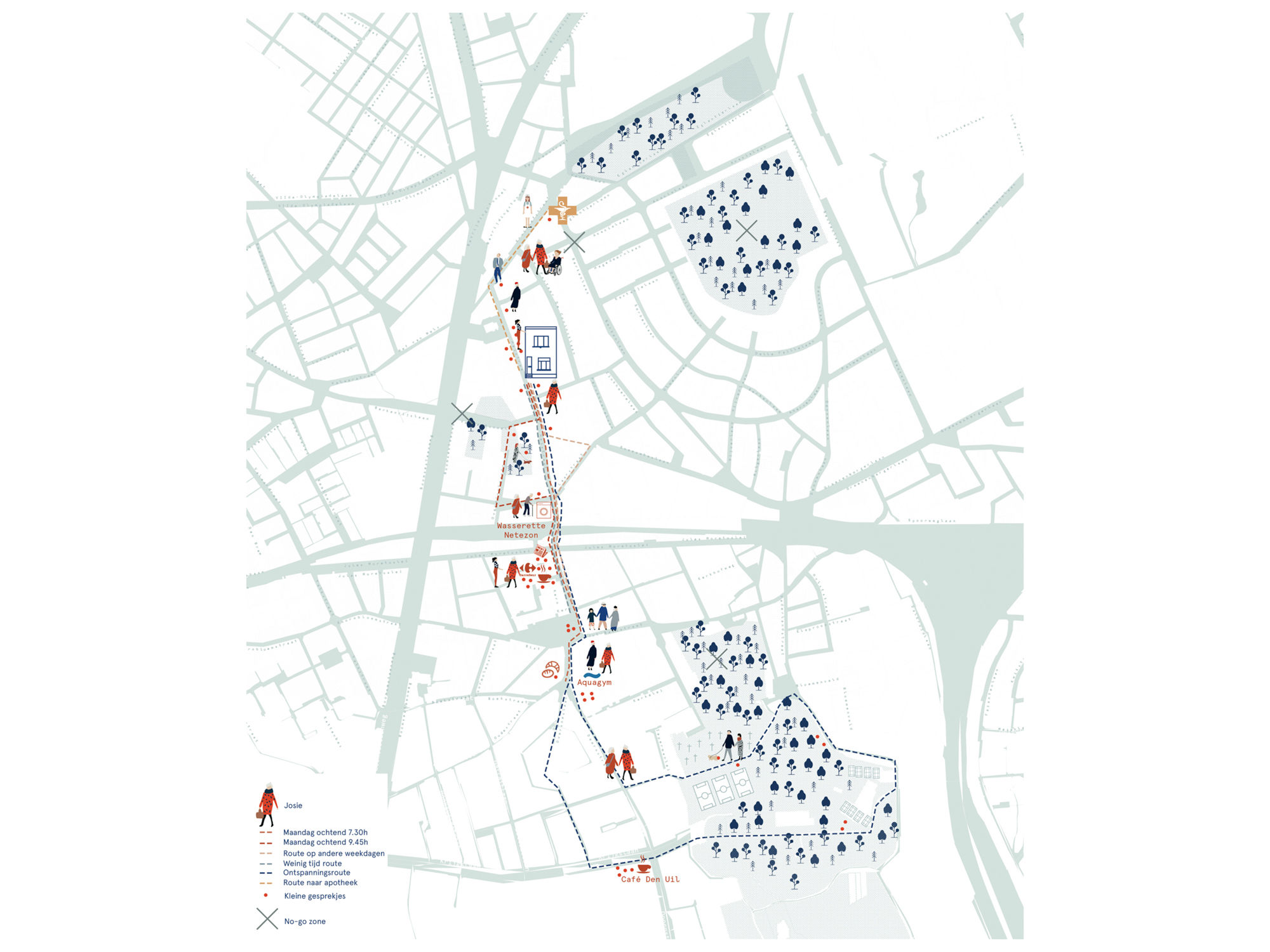
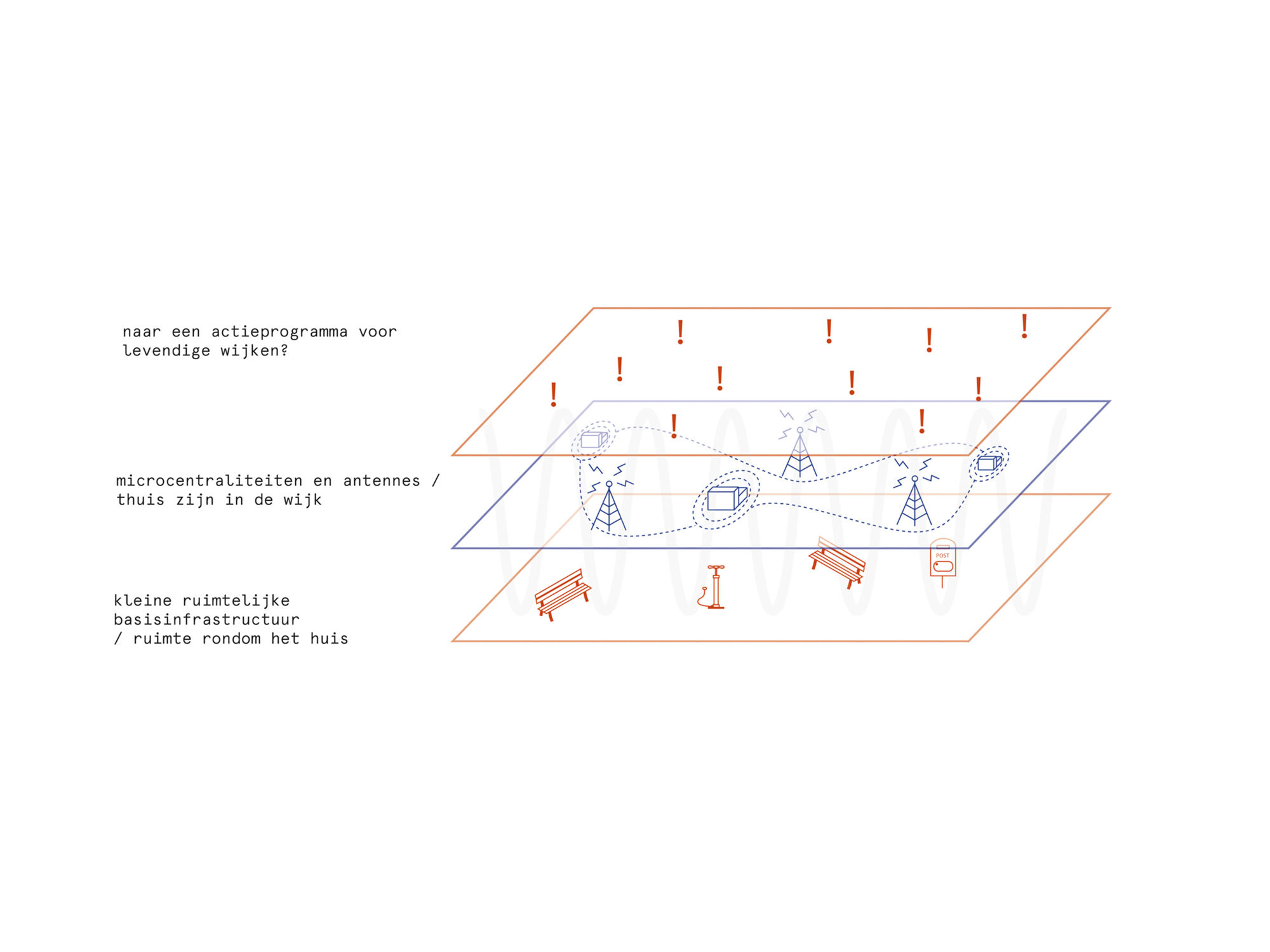
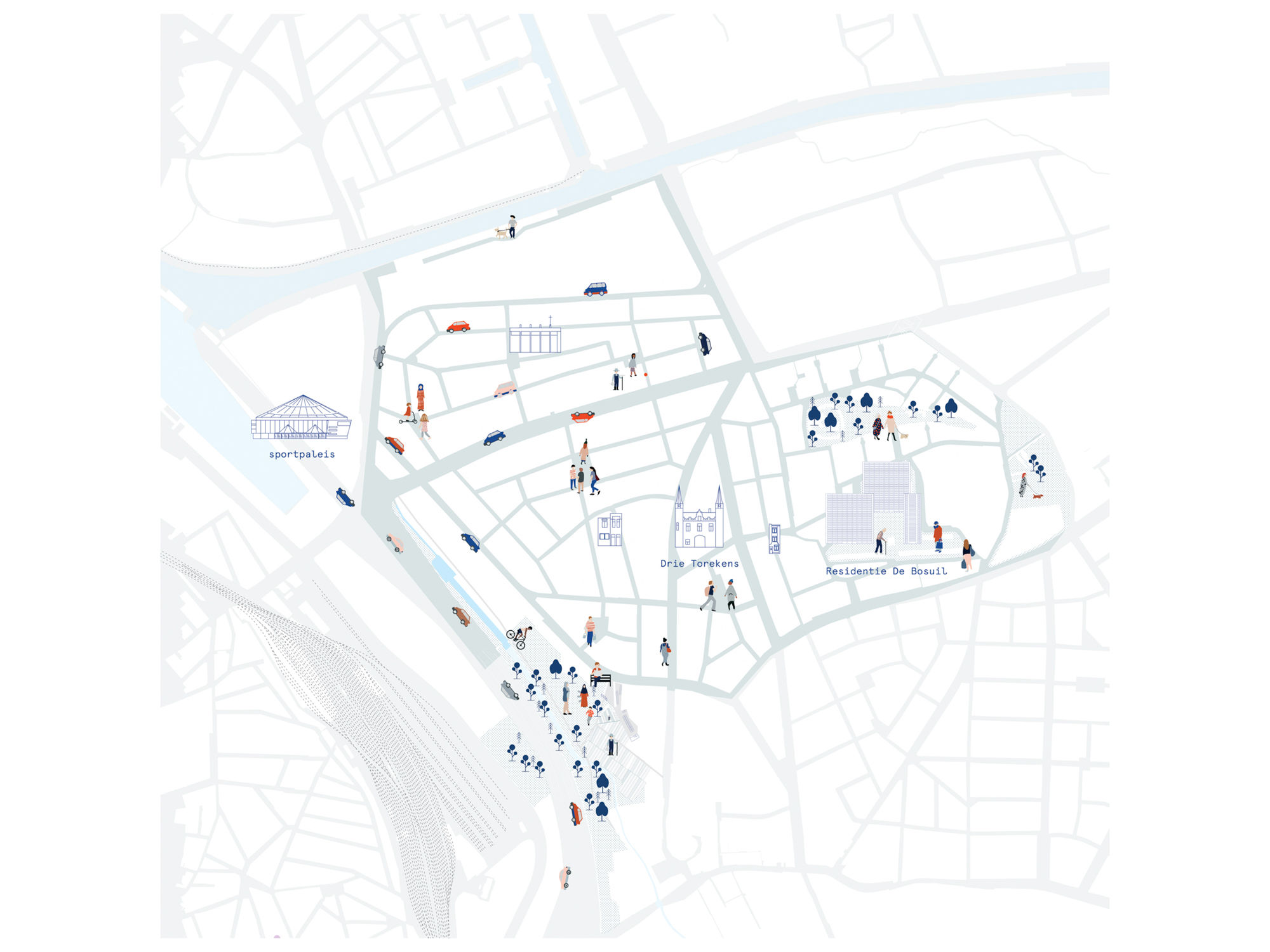
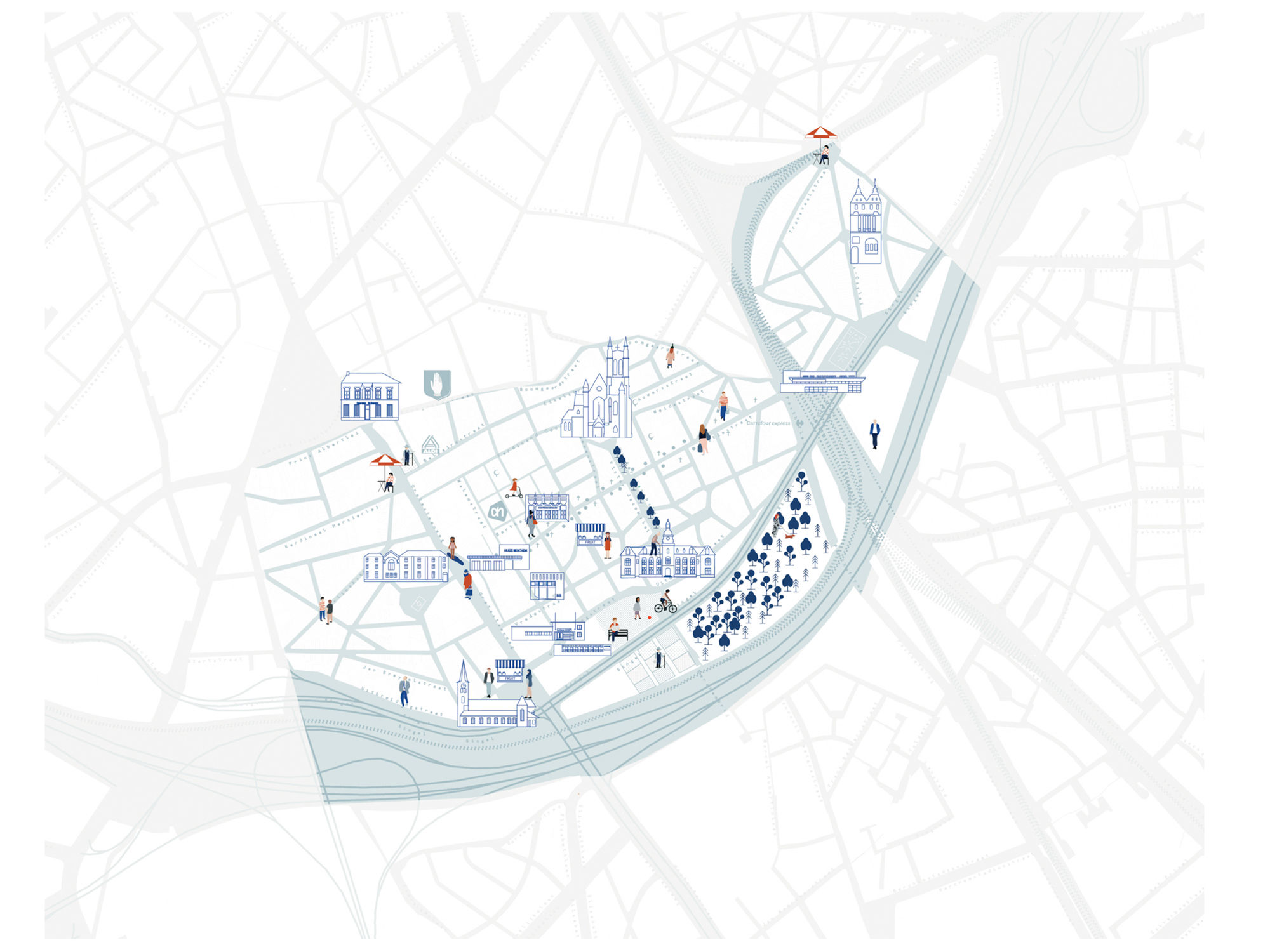
The aim of the study is threefold. Firstly, the intention is to acquire a better understanding of the concept of liveability and what it could mean for neighbourhoods in future urban development processes. Secondly, an initial mapping study conducted in three selected Antwerp neighbourhoods provides an insight into the diverse added value that liveability could create. Lastly, the research team will develop a method that enables liveability to be mapped out. In this process an initial framework will be designed and recommendations issued regarding the way in which the City of Antwerp could continue to work on liveable neighbourhoods in the future.
In this study related to mapping liveability in neighbourhoods we place the user and an everyday perspective of the space central. First and foremost liveability is an experience, and is embodied by people's everyday activities. A liveable neighbourhood is a neighbourhood where the value generated by users (individually or collectively), also flows back into the neighbourhood one way or another. But liveability is difficult to measure, which means that adequate focus on soft data as well as hard data is important.It requires a layered research approach: the combination of an anthropological, spatial and socio-geographic approach provides new insights, and allows consideration for both the social and spatial dimensions.
The mapping study demonstrated, for example, how 20th century neighbourhoods are easily perceived as being 'dead' by outsiders, while in reality they are often home to extremely liveable streets or neighbourhoods. It is just that this liveability is often less visible and of a different order than that associated with the city centre.
Viewing the neighbourhood from the user's perspective results in a radical reversal of the conventional approach. Our approach is not aimed at designing a neighbourhood or city tailored to target groups established in advance with the help of a specialist range of tools. On the contrary, we propose a socio-spatial approach that comes much closer to the existing, more complex and real context of what is already available. It allows us to expose, identify and map the multiple identities and multilayered meanings that are concealed in the urban space. Moreover, it enables the authorities to assume a more active role in the future.
The most important lesson from this study is that no single recipe exists for liveability in neighbourhoods, but that it boils down to responding more effectively to the major diversity and individuality of neighbourhoods and districts, through greater consideration of the many nuanced ways in which liveability is experienced. Nowadays there is generally too little regard for the importance of 'minor encounters', while connections with neighbours play an extremely important role, despite the fact that they are often invisible to outsiders. To provide a better understanding of this everyday liveability, the neighbourhood could play a key role as an intermediate scale. It concerns liveability of a different order than that associated with the city centre. The potential of the district and neighbourhood scale could be utilised much more effectively in the future. The city is too large, the individual project too small, but at the neighbourhood level it is possible to work with liveability as a positive driving force for the neighbourhood using a combination of socio-spatial projects and processes.
Therefore, this study offers a different way of viewing liveability and provides a broad framework with the corresponding levers to better anticipate and respond to expected and unexpected social and spatial change processes in Antwerp in the future. The liveability theme encompasses a broad range of metropolitan phenomena such as population growth, migration, social security, economic development, loneliness and coexistence.
